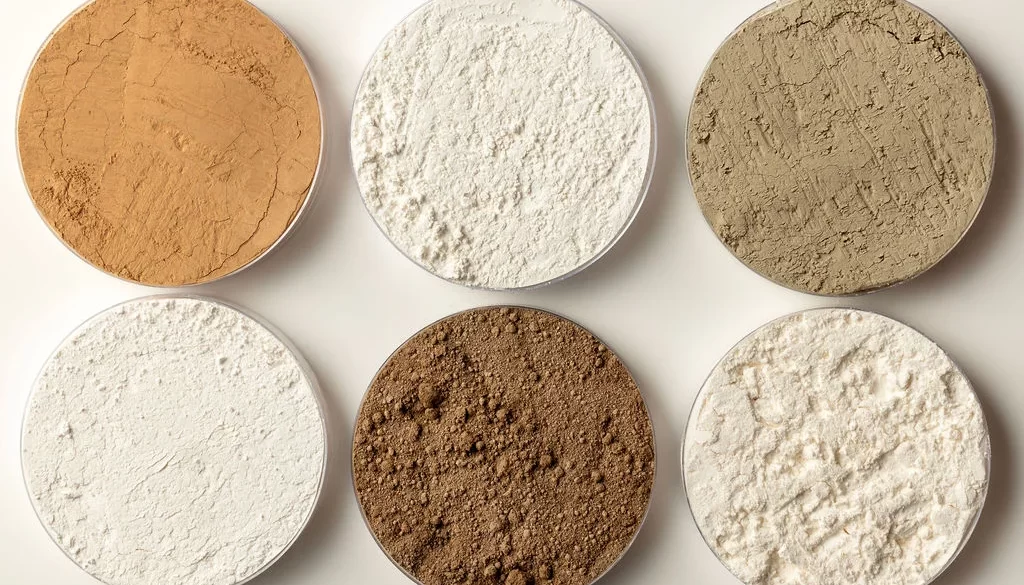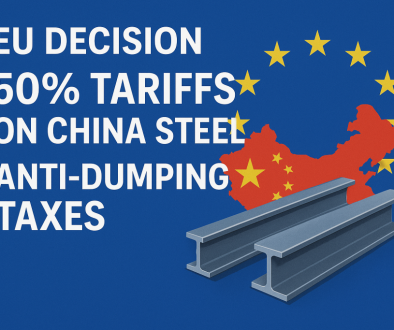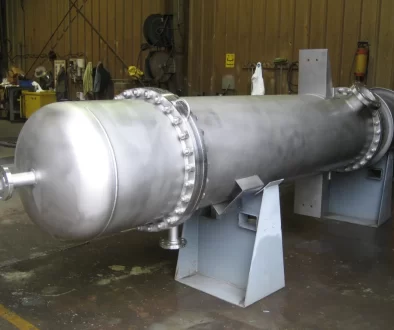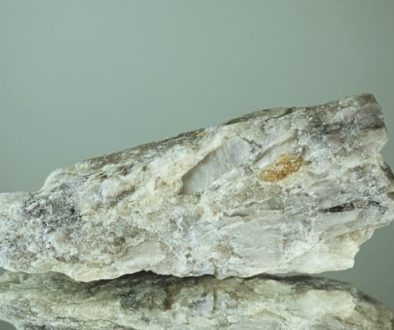Rare earth deposits in Australia
Australia is fast becoming a cornerstone of the global rare-earths story. New and expanding projects — from heavy rare earths in Western Australia to NdPr-focused developments in the Northern Territory — are positioning the country to supply the magnets, motors and electronics that power electric vehicles, wind turbines and advanced defence systems. That creates not only mining and processing opportunities, but a substantial pipeline of demand for precision stainless steel fabrication: conveyors, tanks, piping, skids, structural support, and corrosion-resistant plant components.
Where the deposits (and projects) sit today
-
Browns Range (Northern Minerals) — a heavy-rare-earth (HRE) project in WA advancing toward commercial scale. Browns Range is explicitly targeting dysprosium and terbium — elements critical for high-temperature permanent magnets — and has been the focus of recent investment and project updates.
-
Nolans (Arafura / Northern Territory) — a large Nd/Pr-focused deposit intended to produce magnet-grade rare-earth oxides and downstream products, and one of the biggest NdPr resources in Australia. Projects like Nolans are central to supply-chain diversification for magnet metals.
-
Iluka & mineral sands by-products / refineries — Iluka has been developing processing routes and refinery capacity (Eneabba) to convert monazite/xenotime by-products into refined rare-earths domestically, increasing local downstream processing capability.
These projects are supported by a national policy environment that explicitly encourages exploration, processing and value-adding in Australia as part of the Critical Minerals Strategy 2023–2030. That strategy provides funding pathways, export facilitation and incentives aimed at moving Australia up the value chain from raw concentrates toward refined products and magnet manufacture.
Global demand for magnet rare earths (neodymium, praseodymium, dysprosium, terbium — NdPr/Dy/Tb) is forecast to grow strongly as EVs, wind turbines and automation scale up. Several market researchers and energy agencies project multi-fold demand growth for magnet rare-earths over the next decade, creating a structural need for new supply outside current concentrated sources. Price volatility and recent supply disruptions have also made governments and manufacturers keen to diversify supply chains.
What that means for stainless steel fabrication — concrete opportunities
Rare-earth projects and downstream refineries create repeated and durable demand for stainless steel fabrication. Opportunities include:
-
Process plant equipment — reactors, leach tanks, neutralisation tanks and centrifuge housings made from corrosion-resistant stainless steels (316, duplex, Super Duplex) and specialty alloys for acidic/alkaline chemistries used in rare-earth extraction and separation. (High-quality surface finish and corrosion allowances are critical.)
-
Conveyors and material handling systems — feed conveyors, vibratory feeders, hoppers and chutes for ore, monazite concentrates and tailings. These need wear-resistant stainless steel or lined steels and modular designs for transport to remote sites. Keyword fit: stainless steel fabrication suppliers can design hygienic, corrosion-resistant conveyors suited to mineral sands and REE concentrates.
-
Piping, valves and skid-mounted process packages — prefabricated stainless steel skids (pumps, filters, heat exchangers) that can be delivered and integrated on site reduce construction time and commissioning risk. Fabricators with ISO 9001, weld procedure qualification and NDE capability will be preferred.
-
Structural and safety systems — platforms, stairs, bunding, storage tanks and acid conditioning infrastructure manufactured to mining and environmental codes.
-
Custom fabrication for downstream/refinery plants — refinery feed systems, glovebox enclosures, cleanrooms and magnet-manufacturing auxiliaries will require tight-tolerance stainless work and specialist finishes.
-
Maintenance, spare parts and local content — ongoing operations need local fabrication capacity for repairs, retrofits and replacement parts. Governments and EPCs often prioritise suppliers who can deliver localization, rapid turnaround and documented QA.
Competitive advantages for fabricators
If your shop wants to win work from rare-earth developers and processors, consider these differentiators:
-
Materials expertise — demonstrated capability with duplex and high-nickel alloys plus corrosion testing and metallurgy support.
-
Weld and quality credentials — WPS/PQRs, AS/NZS / ASTM compliance, NDE (UT/RT/MPI), ISO 9001 and traceability.
-
Modular skid experience — ability to design, assemble, test (FAT) and ship skid packages reduces client risk and capital costs.
-
Project packaging — integrate mechanical, piping and electrical interfaces or partner with EPCs to offer turnkey modules.
-
Remote logistics & site services — projects are often in remote WA or NT locations: mobilising crews, offering site welding, and rapid spares dispatch win contracts.
-
Sustainability & circularity services — magnet recycling and circular-economy services (e.g., plant components for magnet recycling lines) are emerging niches.
Risks & practical considerations
-
Commodity and policy volatility. Project timing depends on capital decisions, commodity prices and geopolitics; fabricators should size exposure and keep flexible capacity.
-
Technical complexity. Rare-earth processing uses corrosive chemistries and radioactive by-products (in some deposits); strict environmental and HSE controls are required. Suppliers must be prepared for tight regulatory, waste-management and QA requirements.
-
Local content expectations. Government and offtakers may prioritise local supply chains — a chance for Australian fabricators, but also a need to document capabilities and compliance.
Quick action plan for stainless steel fabricators
-
Audit & certify — ensure weld qualifications, ISO 9001 and NDE resources are up to date.
-
Develop skid & modular shop drawings for likely process units (leach tanks, neutralisation skids, condensers).
-
Create an REE-sector capability pack — case studies, materials expertise, safety stats and turnaround times.
-
Target EPCs and project developers (Northern Minerals, Arafura, Iluka and others) with tailored offers for FAT-tested skids and maintenance contracts.
Conclusion
Australia’s rare-earth pipeline — led by projects like Browns Range, Nolans and expanding domestic refining capability — is creating a medium- to long-term market for specialised stainless steel fabrication. Fabricators that invest in materials expertise, modular skid manufacturing, quality systems and logistics will find opportunities across construction, commissioning and long-term maintenance. With demand for magnet metals expected to rise markedly over the next decade, positioning now for the rare-earth value chain can pay off as projects move from feasibility to construction and into production.




